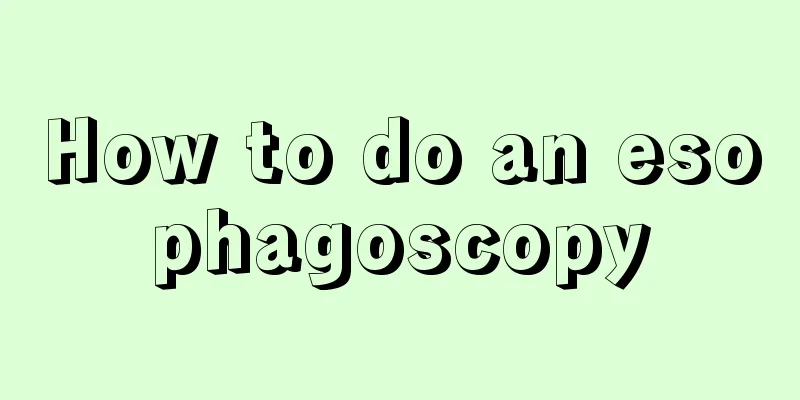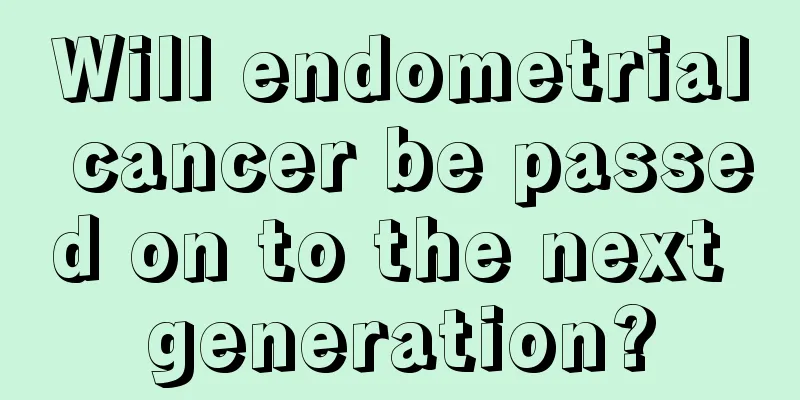How to do an esophagoscopy

|
Esophagoscopy is a means of examination that can achieve a therapeutic and conditioning effect on many patients who have difficulty swallowing and who recently feel abnormal lesions in the esophagus. However, everyone should note that esophagoscopy is not suitable for patients with severe hypertension, heart disease and heart failure, and should also be used with caution for those with some tumor oppression. 3 Indications Fiberoptic esophagoscopy is suitable for: 1. Patients with dysphagia or esophageal obstruction. 2. Patients suspected of esophageal cancer by X-ray barium meal examination. Patients with local external pressure in the esophagus found during X-ray barium meal examination. 4. For patients who have undergone radiotherapy or surgical resection for esophageal cancer, if recurrence is suspected, it can be confirmed through microscopic examination. 4 Contraindications 1. People with severe hypertension, heart disease, or cardiopulmonary insufficiency. 2. Aortic aneurysm compresses the esophagus. If the lesion at the entrance of the esophagus has caused obstruction and the endoscope cannot pass through, making observation difficult, consider using a rigid esophagoscopy. 4. Use with caution in patients with esophageal perforation caused by sharp foreign objects or malignant lesions, as fiberoptic microscopy requires inflation with water, which can easily aggravate mediastinal infection. 5 Anesthesia and body positioning 1. Anesthesia is mainly local anesthesia. Use 2-3 ml of 1% tetracaine and spray it on the pharyngeal mucosa. Ask the patient to hold the liquid in his mouth and not spit it out. Spray again after an interval of about 3 minutes. The anesthetic effect can be achieved after 3 to 5 times. Finally, swallow the medicine. 2. Position: After anesthesia, the patient lies on his left side with his legs naturally bent and his whole body relaxed. 6 Surgical steps 1. The operator should first check whether the functions of the fiberscope light source, suction, air blowing, water injection and adjustment knob are normal. Then stand at the patient's head end, facing the patient, and ask the patient to gently bite the dental pad with the hole. The operator holds the operating part of the mirror with his left hand; with his right hand, bend the lens into an arc shape and send it into the mouth through the hole of the dental pad. 2. Adjust the lower knob to straighten the lens, and gently push it downward along the posterior wall of the pharynx, observing as you advance, until you reach the esophageal opening in the hypopharynx, slightly apply pressure to the lens, and when the esophageal opening opens or the patient swallows, the lens can smoothly enter the esophageal cavity. |
<<: The efficacy and function of Loma
>>: The functions and effects of Qiqi buds
Recommend
Classification of squamous papilloma
Squamous papilloma is a relatively common benign ...
Does saliva include other routes of transmission of hepatitis C?
Hepatitis C is a contagious disease. Although it ...
Who is prone to prostate cancer? Prostate cancer favors these 4 types of men
Prostate cancer is a common disease in clinical m...
Traditional Chinese medicine treatment of pancreatic cancer
Traditional Chinese medicine treatment of pancrea...
How to disinfect your home
Disinfection is not just something that happens i...
What should I do if my buttocks become inflamed?
Hemorrhoids are a relatively common skin disease....
If you have this thing at home, it's time to change it
Some things in the home will have problems of one...
Regular exercise can prevent pancreatic cancer
Regular exercise in daily life can also prevent t...
What should I eat if I have lung cancer?
Lung cancer is a type of cancer. So after getting...
How long does it take to run six kilometers
Running is a very popular form of exercise, and l...
What items are checked in the premarital check-up?
Premarital examination is a very important matter...
What are the dangers of using lipstick as blush
Nowadays, many girls use lipstick instead of blus...
Should I continue running if my legs are sore?
Everyone will feel muscle soreness when they firs...
What is the method to remove grease from pots
Every time after cooking, thick grease will remai...
How to wash ink stains on clothes
If ink gets on your clothes, it is usually diffic...









